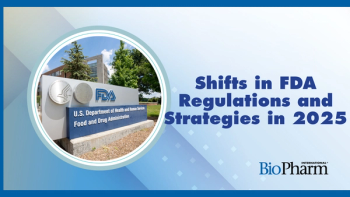
FDA-EMA Joint Manufacturing Inspections to Begin in 2012
The FDA and EMA are moving from "confidence-building to reliance upon" each other in a step-up in cooperation on GMP inspections; the latest move following successful completion of pilot projects this summer. The initiative will begin in January 2012, according to a jointly issued press release on Dec. 9, 2011, and will enable the two authorities to rely on each other's inspections outcomes instead of conducting inspections in duplicate
The FDA and EMA are moving from "confidence-building to reliance upon" each other in a step-up in cooperation on GMP inspections; the latest move following successful completion of
- To enable better use of inspection resources
- To reduce inspection burden of medicines manufacturers
- To liberate inspection capacity for other regions.
In a
The initiative will only apply to inspections within the European Economic Area and US, and will focus on sites with histories of GMP compliance that are well known to both authorities. Several other points will be taken into account:
- The nature of the product
- Quality defects associated with the site
- Variations or significant changes since most recent inspection
- Outstanding follow-ups
- The urgent need to expedite regulatory decision-making (e.g., a product shortage)
EU Member States are being encouraged to use similar approaches for US inspections that are not directly coordinated by the EMA, which, in some cases, will require bilateral confidentiality arrangements with FDA.
For a period of three years, both authorities will track deferred or waived inspections at which point the approach will be reviewed for the potential of extension. In the interim, the joint inspection pilot project for dosage forms will continue with the objective of maintaining confidence and building mutual understanding of inspection approaches.
Newsletter
Stay at the forefront of biopharmaceutical innovation—subscribe to BioPharm International for expert insights on drug development, manufacturing, compliance, and more.





